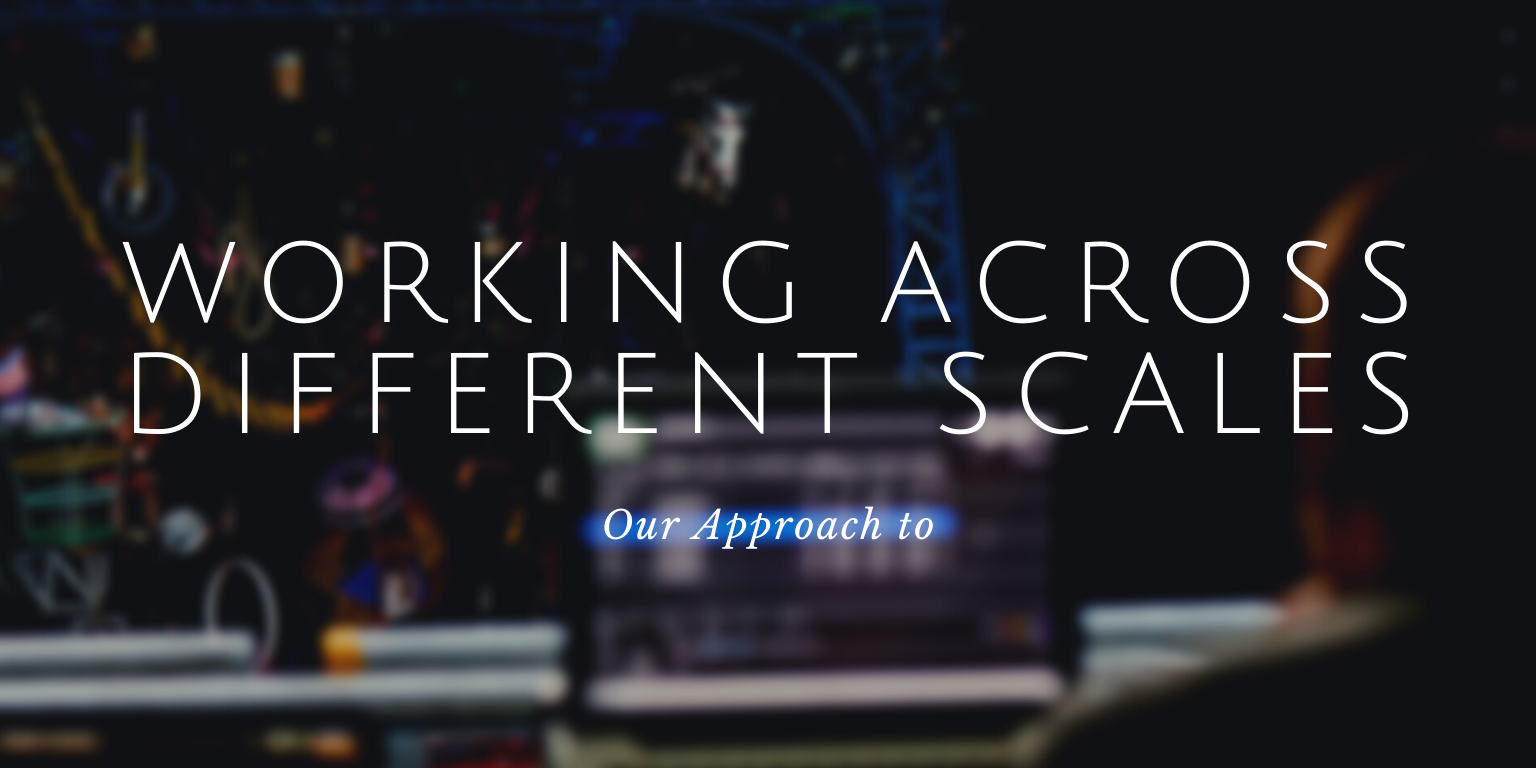
13 Mar Our Approach To: Working Across Different Scales
In our next blog post about Mimbre’s approach to various subjects across outdoor arts, circus and running a company, our Executive Director, Lissy Lovett, writes about working across different scales with a focus on the company’s 2018 tour of The Exploded Circus.

Dior Dream Parade
credit: Isabelle Grosse, 2019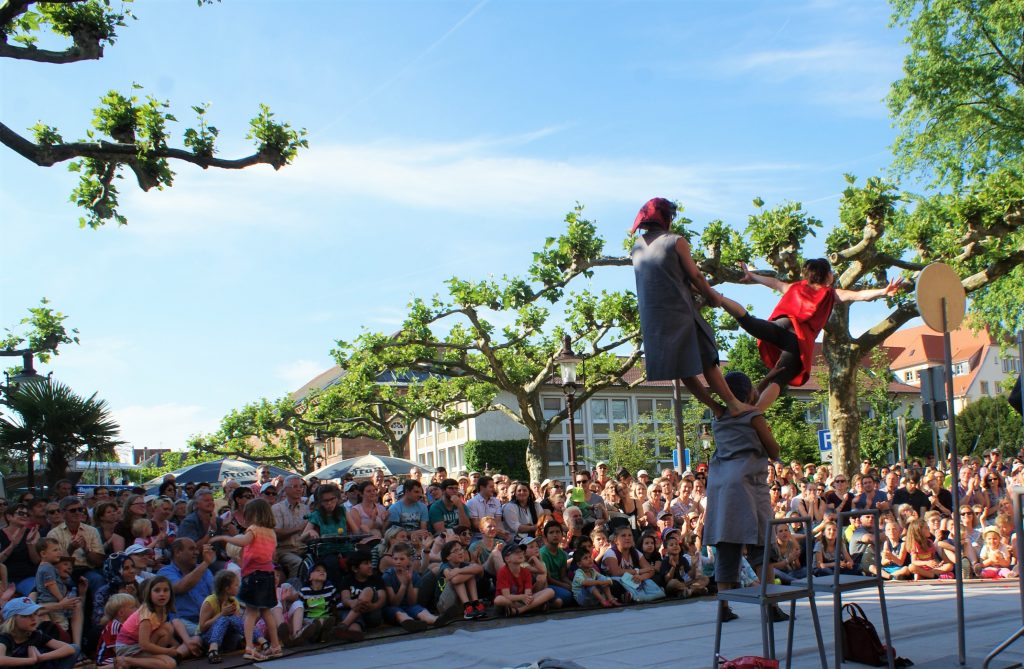
If I Could I Would at Rastatt Festival
credit: Lina Johansson, 2016
Roald Dahl’s City of the Unexpected
credit: Geoff Caddick-PA, 2016
Mimbre have been touring three-person shows outdoors since 2000. We’ve also worked on large scale projects such as Dream Parade, the Dior spring-summer 2019 haute couture show at Paris Fashion Week, and Aida at English National Opera. Alongside this our Artistic Directors have worked on a variety of different-sized projects including City of the Unexpected in Cardiff, Nearly There Yet’s The Party and A Different Way with Daryl Beeton Productions. Our strength is in our ability to translate Mimbre’s trademark style and approach across different scales and different art forms.
In 2018 the company toured a medium-scale indoor show, The Exploded Circus, with support from Arts Council England’s Strategic Touring funds, The Foyle Foundation and the PRS Foundation. That production visited No. 1 theatres, arts centres, circus tents and a leisure centre all across one tour. Here’s some of what we learned:
Why did Mimbre want to do this?
The Exploded Circus was always conceived as an indoor show. The beautiful set designed by Loren Elstein wasn’t suitable for outdoors and the whole thing came alive with Amy Mae’s lighting design. Artistically it needed to be under cover: whether that was in a venue, a found space or a circus tent.
However, in touring to indoor venues we really didn’t want to lose the connection you can make with outdoor touring, so it was very important to us that we chose venues with strong community links wherever we could, ticket prices were low or even free and we offered a wide range of participatory activities alongside the show.
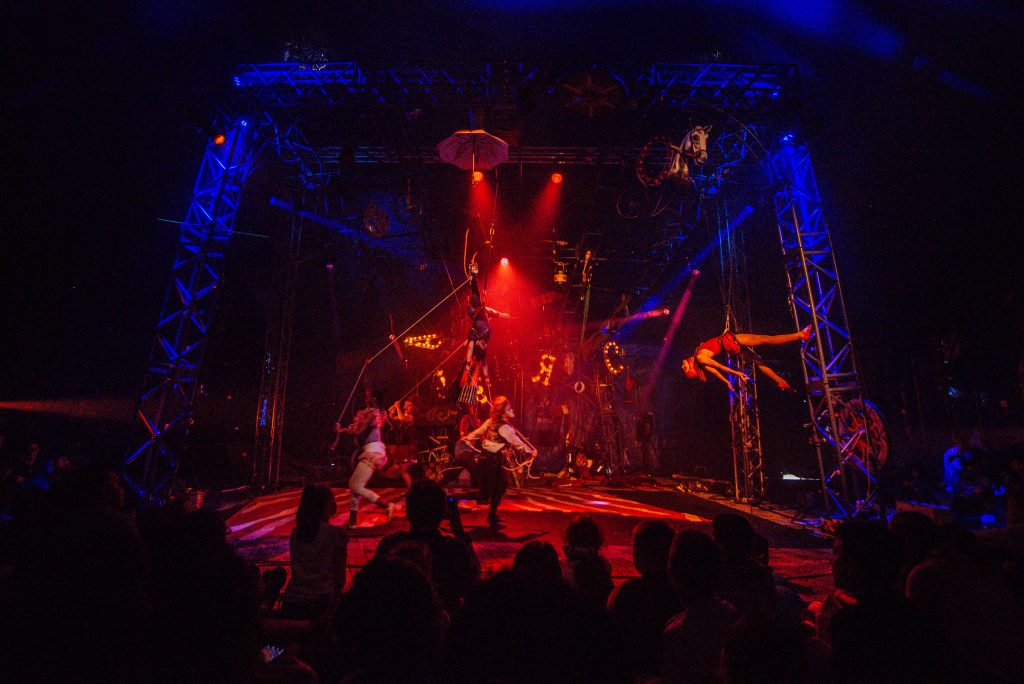
credit: Aleksandra Warchol, 2018
How did you get started?
It took quite a while to line up enough partner venues to make a strong enough case to apply to the Arts Council for the funding. It was a long journey so these are just the highlights. We began by approaching the outdoor festivals we already worked with to see if they’d be interested in taking the show in a tent, that lead to the shows we did in Luton and Glasgow. We also spoke to theatres that had links with outdoor festivals that we already knew – like Winchester Theatre Royal and the Hat Fair. We approached venues which we knew already programmed some circus, like The Lowry and Worthing Theatres. We pitched about the show wherever we could and spoke to programmers at events. And some bookings came totally out of the blue – one venue director booked us because we’d sent information about the show to her at a venue where she’d previously worked.
What are the challenges?
Working across different kinds of venues made the technical elements of the show more difficult to achieve. A circus tent is hugely welcoming to audiences, but we always needed to hire more lights to get the effect we wanted. Watching the show on a summer’s evening in London’s Grosvenor Square where the seats were open air with the stage under cover was a really lovely experience, but of course we couldn’t get a proper blackout. Touring our own rig meant in theory the show could go anywhere, but in practice lifting the rig wasn’t always straightforward. We’re indebted to the ingenuity of our technical team and the staff at each and every venue who made sure each show happened and that our production values were maintained.
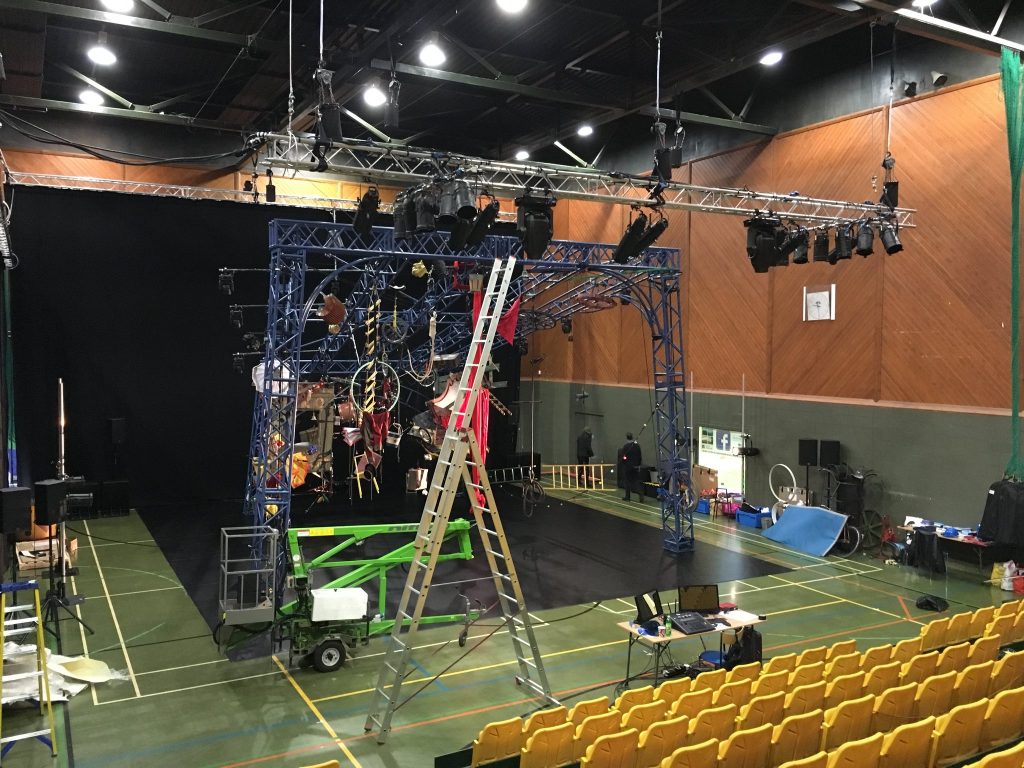
The Exploded Circus in Burton upon Trent
credit: Lina Johansson, 2018
The Exploded Circus at Live in the Square
credit: John Rowley, 2018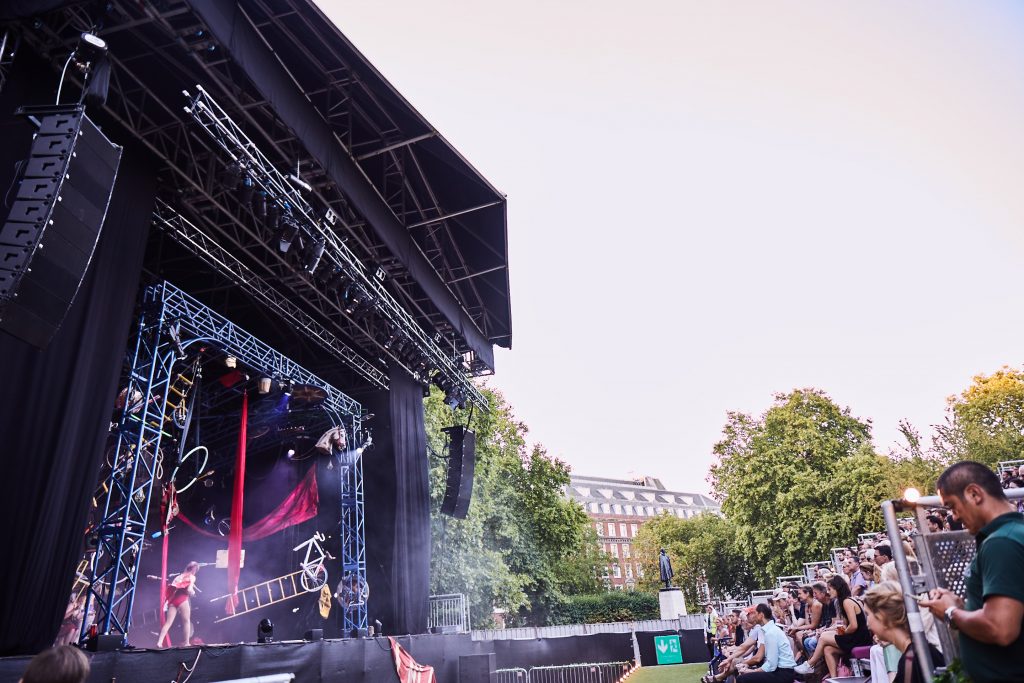
The Exploded Circus at Live in the Square
credit: John Rowley, 2018
What are the rewards?
You can tell different stories and do different kinds of storytelling in an indoor environment. We hope that by working in different environments and on different scales that we can reach different kinds of audiences, and even draw audiences in who wouldn’t normally think theatre was ‘for them’. On a purely strategic note, the more different kinds of customers we can find for our work the better – that way Mimbre isn’t reliant on one kind of booker and that makes us a more resilient company. The Exploded Circus in particular also raised Mimbre’s online profile considerably – the beautiful production photography and high-quality trailer mixed with a strong social media presence and strategy meant we reached a quarter of a million views before the end of the tour.
Three top tips
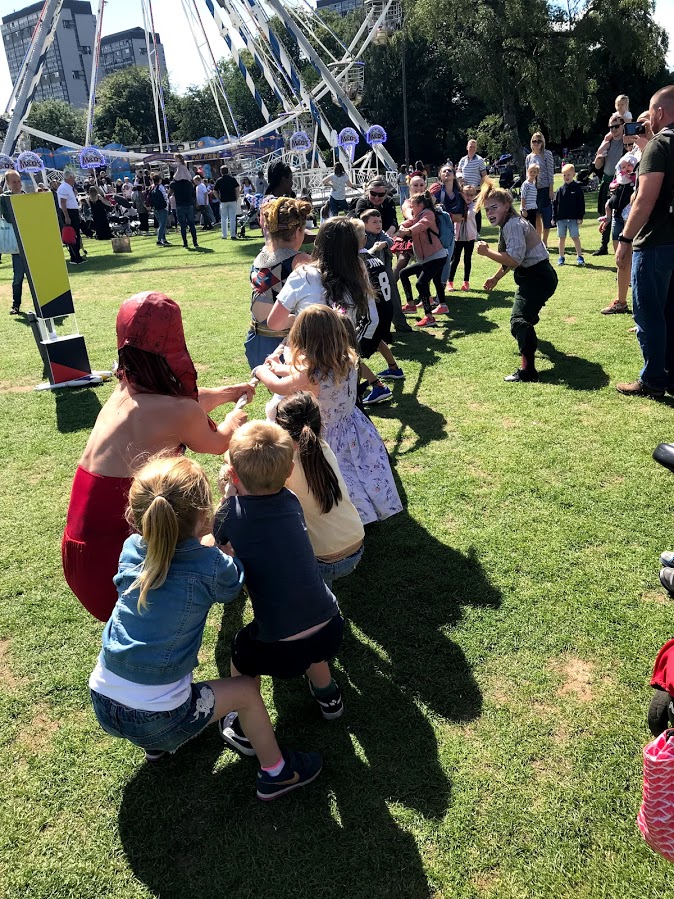
credit: Zsófi Szendrei, 2018
Unlike the festival circuit where we’re used to quoting a fee plus food, accommodation and travel, indoor venues will generally expect a quote based on a guarantee then a door split and possibly a first call, and to make matters more complicated they all do this slightly differently. Watch out for contras too – lots of venues will charge you back for some technical time (particularly the get-out) and any marketing they do. Make sure you ask about these early in the negotiation process and include them in your budgets.
I know people say this a lot, but you really are working in partnership with the venues not against them. I was blown away often by how generous they were with their time and support and often their fee structures. If you don’t understand something in the contract just ask.
Don’t forget your outdoor roots when working in ‘proper’ venues – a walkabout in costume can drum up ticket sales and the whole team being hands-on will make the get-out much swifter. If your performers can connect in some way with the audience before and after the stage performance itself, it can really increase the audience engagement.
You can read our evaluation report for the Arts Council England funded part of the tour here.
UK Theatre have created an excellent Producing, Presenting and Touring Handbook which can be downloaded from their website here.
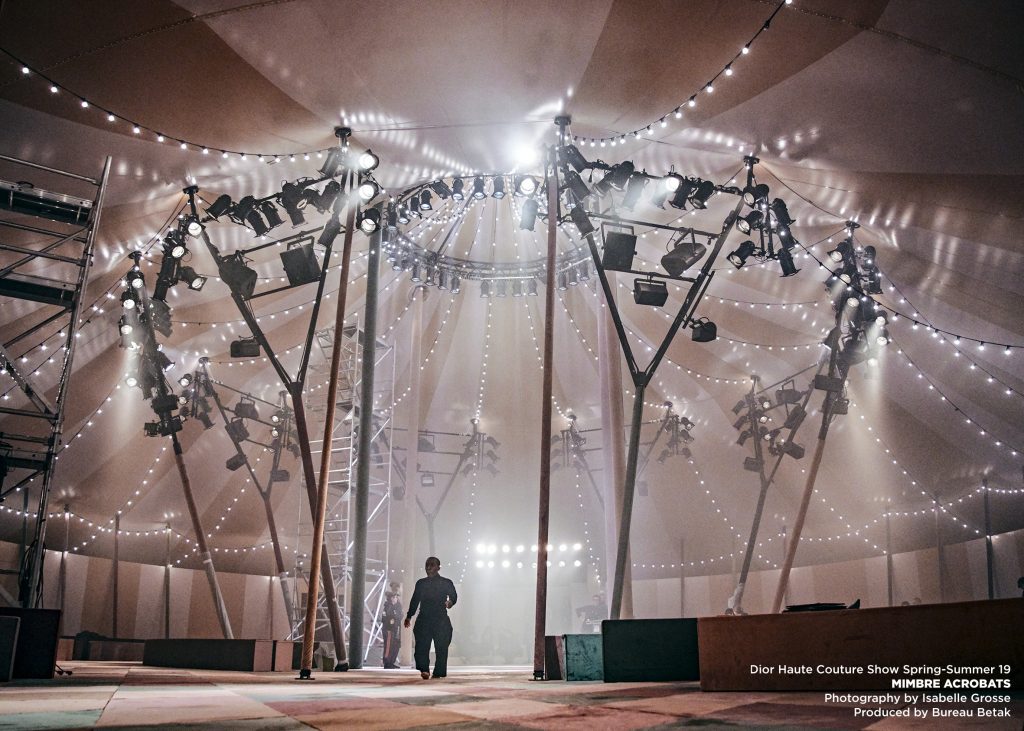
Dior Dream Parade
credit: Isabelle Grosse, 2019
The Exploded Circus at Live in the Square
credit: John Rowley, 2018
A Room of Her Own at The Southbank Centre
credit: Jan Vrhovnik, 2016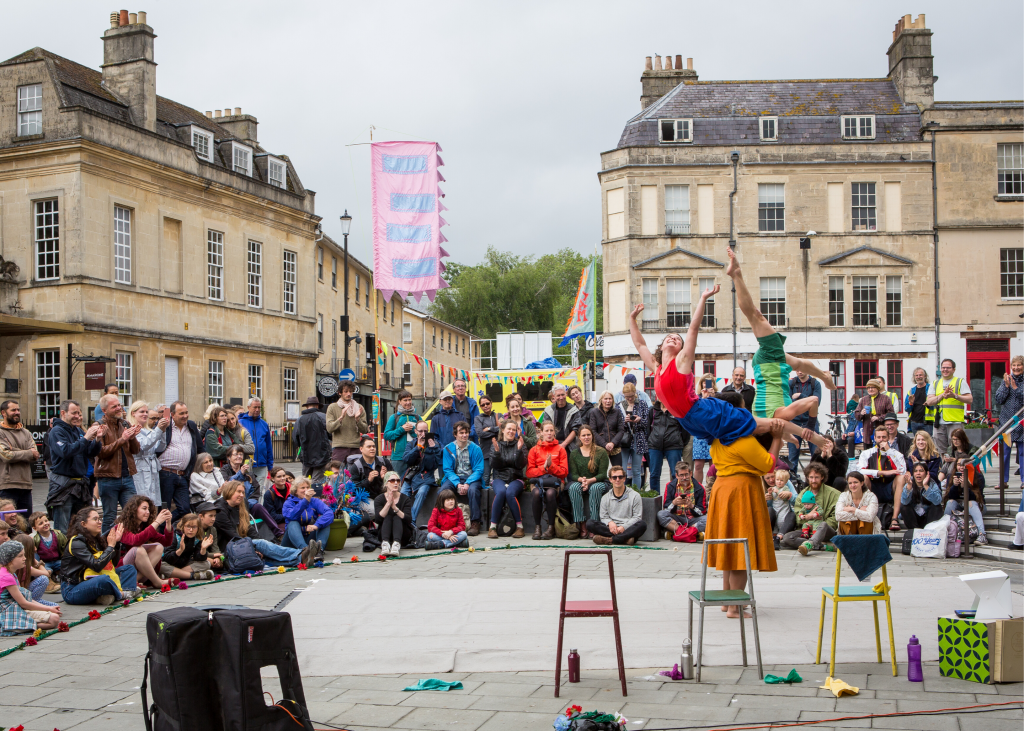
Lifted in Bath
credit: Nik Palmer, 2019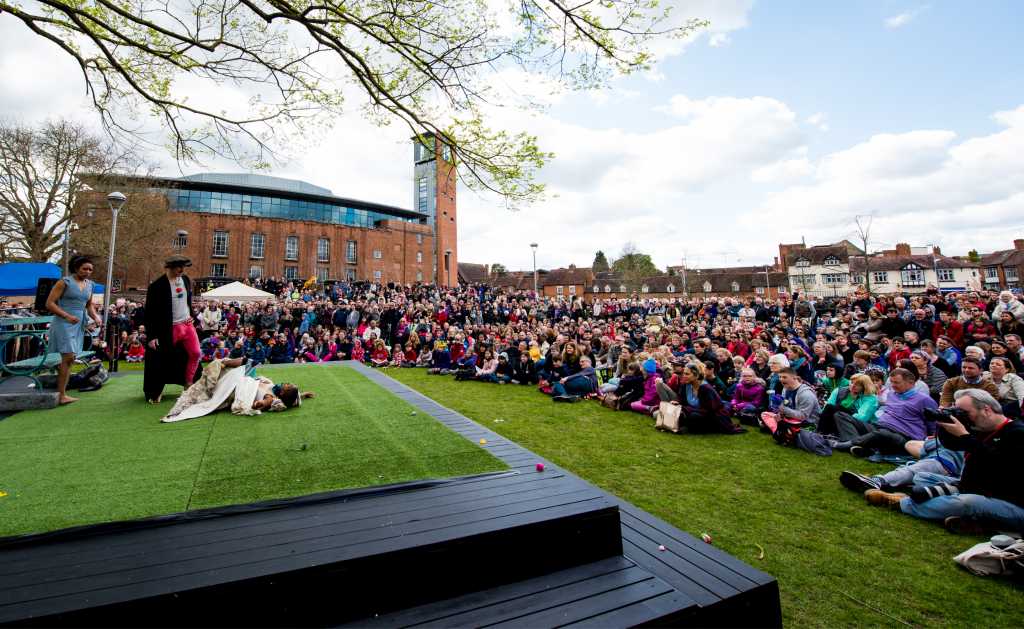
Wondrous Strange at RSC’s Shakespeare’s 400th anniversary
credit: David Tett, 2016
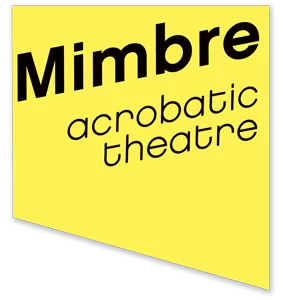
Sorry, the comment form is closed at this time.